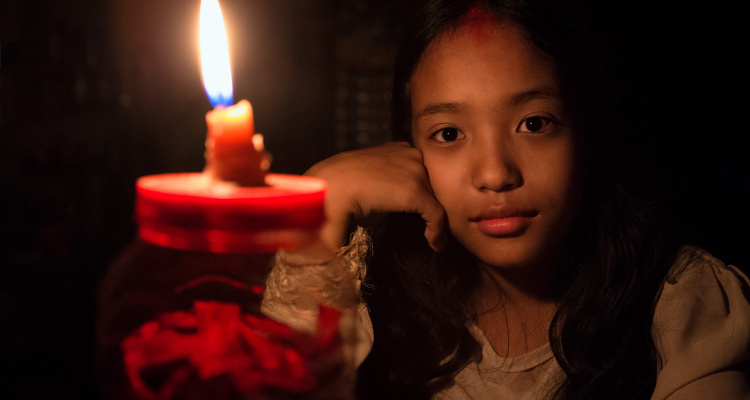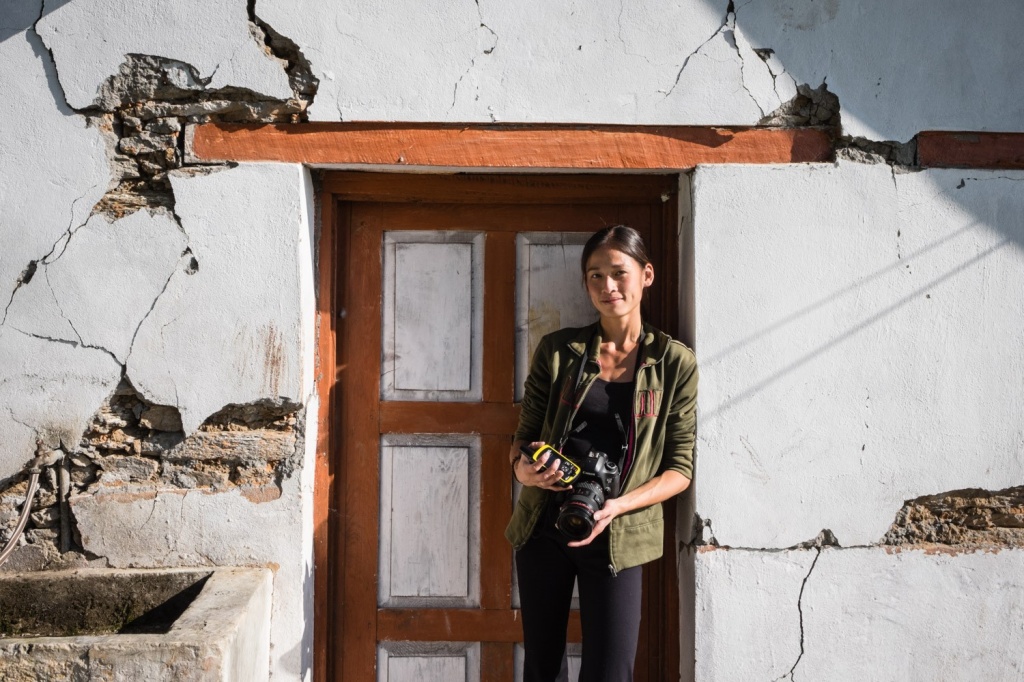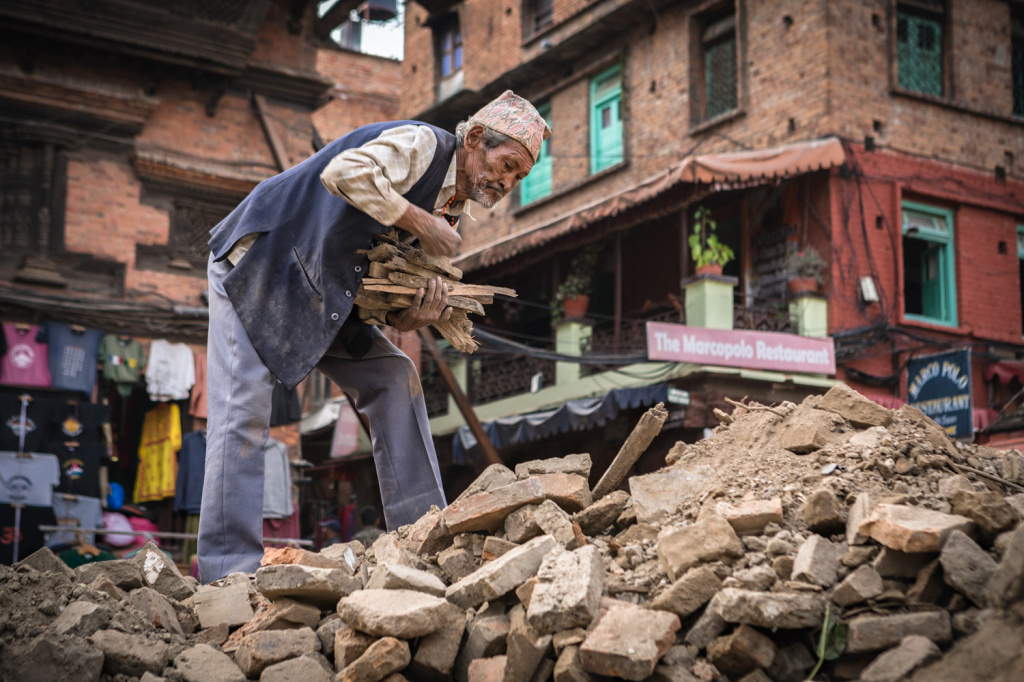Toronto-based documentary photographer, Kristin Lau, visited Nepal just six months after a set of devastating earthquakes hit the region. Upon her return, Kristin shared with us some photos and insight on how she goes about the process of creating a documentary series. You can see excerpts from her interview below…
Interview with Kristin Lau
Q: How long have you been doing documentary photography?
My inspiration for photography began in early childhood when I traveled with my family throughout Asia. I took my first film photography course in high school at the Hong Kong International School, while living and studying abroad in Hong Kong. But it wasn’t until years later after working in the financial services sector and living close to 10-years overseas, did I find my hand in photography. Over the years while living abroad, I’ve gained an understanding and deep appreciation and respect for diverse cultures and places.
In the pursuit of my passion, I’ve traveled extensively throughout South East Asia with my partner and with a camera always by my side ready to document my environment, culture and people that I encountered. With my photography, I seek out stories that raise awareness and address social, humanitarian, environmental and cultural issues to evoke positive change for the natural world and its inhabitants.
Q: How did you get involved with the SunFarmer project in Nepal?
The SunFarmer project came about through Photographer’s Without Borders (PWB), a non-profit collective of journalists, photographers, filmmakers and passionate storytellers with a mission to inform and inspire positive change by visually communicating the ways that grassroots initiatives are addressing problems in their communities. I was selected to document solar energy solutions for SunFarmer in Nepal through PWB’s global program.
Q:How do you go about determining your focus for a project of this size?
Before I pick up the camera, I enjoy seeking out new places and diving into unfamiliar scenarios where I find my way by building strong relationships with the people I end up encountering. I’ve lived in many of the world’s major cities and remote areas of Southeast Asia and it has been an invaluable experience that has become a strong influence in the way I shoot and go about determining my focus for long-term projects.
Q: What did you do to prepare yourself for the (Nepal) trip?
Of critical importance to successful assignment photography is the research you do before you book that plane ticket. The more legwork and planning done upfront, the better your images will be when you land…
There are several factors to consider when working on location and in a developing country. Not surprisingly, the first avenue of information when it comes to planning is the Internet. I have a quick look at tourist information and government sites, travel advisory boards, official country tourism boards, news outlets for the most updated look at the country’s political standing and issues, guide books such as the Lonely Planet Guide and Rough Guides for high level country profile information, sites to see and places to stay, and travel sites like WikiTravel, VirtualTourist and Trip Advisor. It is also extremely useful to take a good look at the best time of year to hear over to your destination.
From this information, I also prepare a concept and shot list with details on the shoot objectives, location, setting and contact list. Purchasing a local map and marking off sites and locations of importance will be extremely helpful to ensure you get the shots you need.
Q: What were some of the obstacles you had to overcome while filming in remote locations?
In Nepal, 80% of the population lack access to reliable electricity and live in the rural parts of the country. Naturally, the biggest challenge we were faced with was keeping our equipment charged and ready to shoot at all times. A few of the project sites we had on the agenda required a days worth of travel and off-road driving up Nepal’s countryside.
The Voltaic Systems 17-watt solar charger kit provided me with a great option to keep my equipment charged. The rugged, lightweight and waterproof 17-watt solar panel along with the V72 portable battery (now the upgraded V88 Laptop Battery)for laptop, DSLR camera battery, GoPro battery and tablet/smartphone charging in locations where we had direct sunlight proved extremely useful.
Q: How does travel affect what you bring to shoot?
I try to be a minimalist when it comes to things to carry while traveling on assignment. When I traveled throughout Asia for over 2.5 years, I had with me my two camera bodies – one for backup or video, a laptop for quick edits and social media updates, a cobra flash, one small softbox, tripod, transmitter/receiver, extra camera batteries, CF cards, rechargeable AA batteries and a reflector. Today, I wouldn’t go without my Voltaic Systems 17-watt solar charging kit. This is an invaluable piece of kit that I would recommend for all photography assignments and personal trips.
Q: What advice would you give to someone interested in documentary photography?
Be present, shoot in the moment and become inspired by the rich, diverse cultures of the people that inhabit the world. Everyday we are faced with environmental and societal concerns that challenge us to look inward, encourage us to re-evaluate our actions towards one another and inspire us to look closely at the world we reside in.
Be true to yourself and follow your curiosity and passion.
To view more of Kristin’s images from Nepal and project “Light for Life: Solar Energy in Nepal,” visit her website: www.kristinlau.com




Leave a Reply